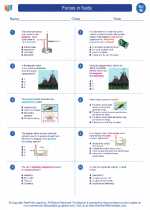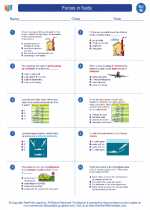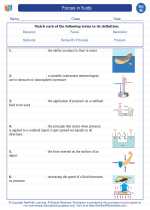Parasitoids
Parasitoids are a type of organism that develops within or on the body of another organism, eventually killing it. They are a unique group of organisms that exhibit both parasitic and predatory behaviors.
Characteristics of Parasitoids
- Parasitoids typically lay their eggs on or inside a host organism.
- Once the eggs hatch, the larvae feed on the host's tissues, eventually leading to the host's death.
- Parasitoids often display specialized behaviors and adaptations to locate and exploit their hosts.
- They are commonly used as biological control agents against pest insects in agriculture.
Life Cycle of Parasitoids
Parasitoids undergo complete metamorphosis, typically consisting of four stages: egg, larva, pupa, and adult.
Ecological Impact
Parasitoids play a significant role in regulating populations of their hosts and are important in maintaining ecological balance.
Examples of Parasitoids
Some well-known examples of parasitoids include parasitic wasps, tachinid flies, and certain species of parasitic nematodes.
Study Tips
- Understand the difference between parasitoids and parasites.
- Learn about the various strategies used by parasitoids to locate and attack their hosts.
- Explore the ecological importance of parasitoids in natural and agricultural ecosystems.
- Study specific examples of parasitoids and their interactions with their hosts.






